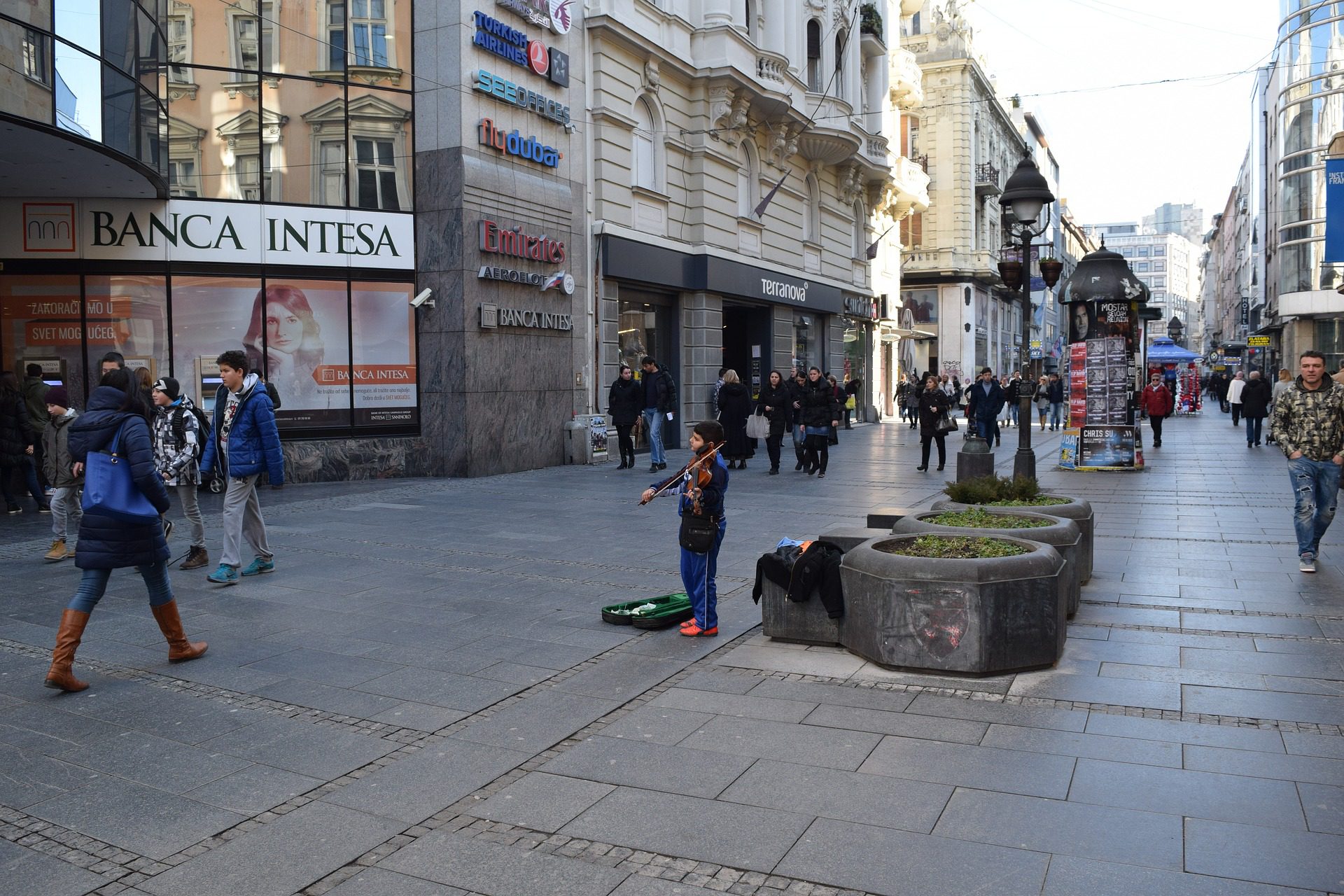
Identifying trafficked migrants and refugees along the Balkan route. Exploring the boundaries of exploitation, vulnerability and risk
Abstract
This article explores what we can learn about the identification of and assistance to trafficked persons from practitioners in Serbia on the front line of Europe’s so-called Brefugee crisis^. Questions arise as to whether and to what extent the anti-trafficking framework is effective in offering protection to trafficked migrants/refugees in a mass migration setting, but also what is lost if the specific perspective of the anti-trafficking framework is set aside or given lower priority. It is important to discuss who is included and who is excluded; whether protection and assistance meet people’s needs; and whether or how the existing framework can be used to greater effect. While it was challenging to operationalise the anti-trafficking framework, both conceptually and practically, during the Brefugee crisis^ in the Balkans, it remains an important approach that should have been mobilised to a greater extent, both to secure individual protections and rights and to gather information about human trafficking in conflict and crisis, which, in turn, increases the ability to respond effectively.
Introduction
In this article we discuss what we learned about the identification of and assistance to trafficked persons from NGO staff in Serbia on the front line of Europe’s so-called Brefugee crisis^. Beginning in 2015, large numbers of migrants/refugees crossed through the Balkans, with numbers peaking that year, but remaining high in 2016. Serbia’s geographical location – as a non-European Union member bordering the European Union (EU) countries of Croatia and Hungary to the west and north – was on the route used by many migrants/refugees seeking to reach Western and Northern European countries, particularly Germany and Sweden. In this context, the antitrafficking framework1 came under considerable pressure, both conceptually and practically.
Conceptually, distinguishing particular forms of vulnerability and exploitation that could constitute human trafficking was complicated in a context where vulnerability was the norm, individual migration trajectories were complex and forms of exploitation often differed from established human trafficking patterns in the region. Gendered assumptions about vulnerability also influenced the identification (and nonidentification) of trafficking victims amongst migrants/refugees. Practically, identification of and assistance to trafficking victims was difficult because of the large number of people passing through the Balkans in a short period of time and interactions with migrants/refugees were often brief and constrained by issues of language and trust. Moreover, identification as a trafficking victim was, in many cases, against the selfdefined interests of migrants/refugees as involvement in investigations or prosecutions while en route or receiving a temporary residence permit and assistance in Serbia interfered with their goal of reaching and claiming asylum in their destination in the EU.
In this article, we discuss these dynamics and constraints, particularly in terms of what this means for an understanding and the implementation of a human trafficking response in a mass migration situation. An important question is whether and to what extent the anti-trafficking framework is effective in offering protection to migrants and refugees in a mass migration setting, particularly while in transit, or whether other instruments and protections are better suited to meeting these needs. Equally important is to consider what is lost if the anti-trafficking lens and framework is set aside or given lower priority, which, to a large extent, seems to have been the case along the Balkan route during the Brefugee crisis^.
Migration flows along the eastern and central Mediterranean migration routes have diminished considerably, particularly as a result of agreements on migration control between the EU and Turkey, Libya and Niger. However, the BBalkan route^ continues to operate, albeit with fewer migrants/refugees. With strict EU border controls and many of the migrants/refugees having exhausted their financial resources, vulnerability to exploitation and human trafficking may be amplified in transit settings. As such, the issues of migration, vulnerability and the identification and protection of trafficking victims along the Balkan route continue to be highly relevant, despite diminishing media and political attention, and moreover to draw lessons for any such situations in the future.
In this article, we first discuss the complexities in terminology around migrants, refugees and trafficking victims as well as understandings of vulnerability that arise in different migration pathways. We then outline some of the trafficking patterns that social workers/frontline staff identified among migrants/refugees in Serbia in 2015 and 2016. The paper then describes the main barriers to identification and assistance of trafficking victims in a mass migration/transit setting, before discussing the implications of our findings.
Read more here.
